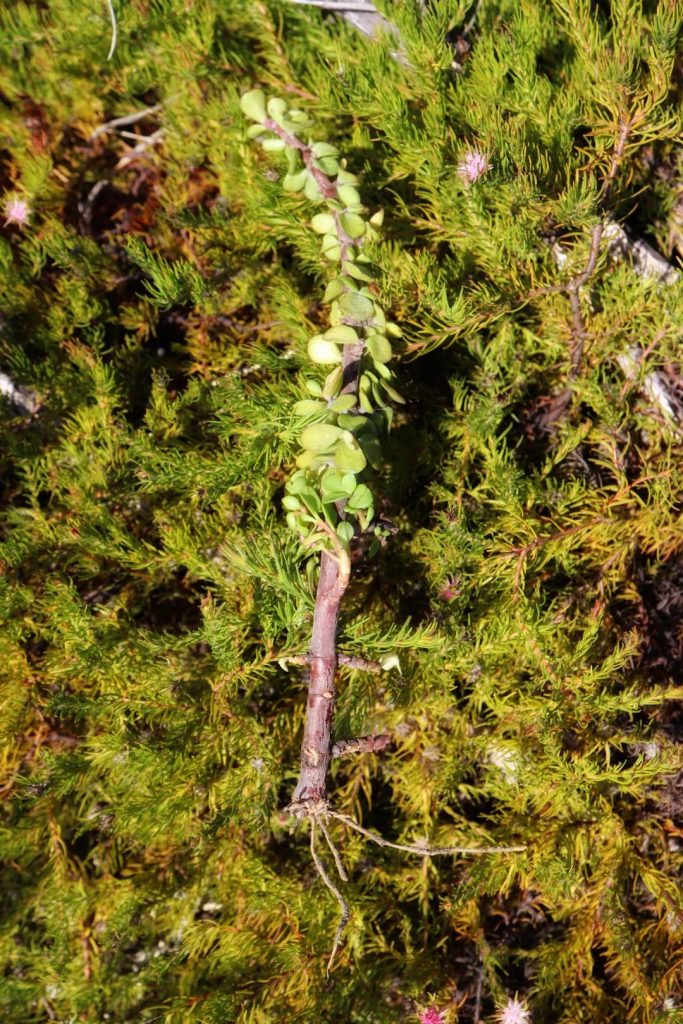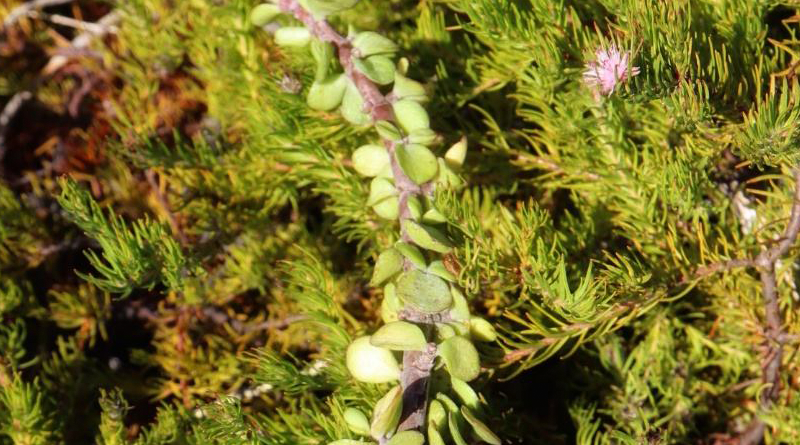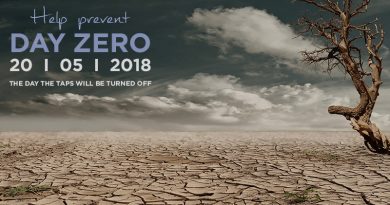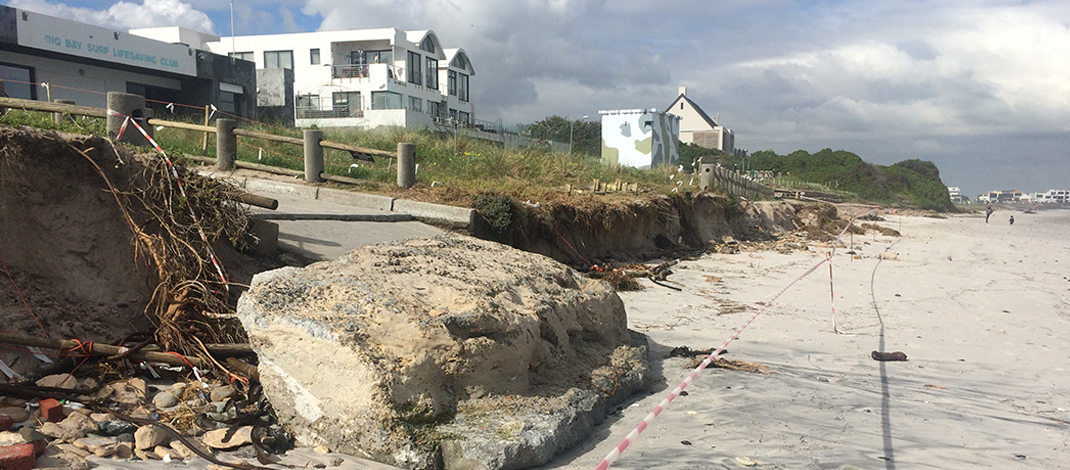Be careful where you plant Spekboom
If only climate change could be fixed by planting one type of plant everywhere? that is Spekboom ofcourse! As is often the case, if it seems too good to be true, it usually is.

Pictured is a spekboom cutting, that was planted by a well-intentioned Capetonian in one of the last remaining intact lowland fynbos habitats in Cape Town (lying on the critically endangered Diastella proteoides). This is exactly what I had feared when the Spekboom challenge started being a thing that seems to have captivated the minds of so many South Africans. If you are unfamiliar, the spekboom challenge is intended to offset the carbon footprint by sequestering carbon captured by planting spekboom.
To be very clear: Spekboom is not indigenous to Cape Flats Sand Fynbos, it will colonize and become invasive in this habitat and threaten the already extremely threatened habitat and the endangered species that grow there.
In the cases where spekboom has been planted en-masse where it is indigenous (let’s say somewhere in the Thicket biome or Klein Karoo), it can still be a threat to biodiversity due to genetic pollution. Let me explain: plant populations have developed unique genetic composition in different regions, and indigenous plants in nurseries have been bred even further to exhibit the traits we like in garden plants. They are not an analogue for what grows in all regions in the wild. Planting out this stock in natural veld could be very harmful to natural populations.
In the best-case scenario spekboom is planted in previously transformed veld (or gardens), where it can be great for soil stabilization, can increase the carrying capacity for animals and can capture carbon.
Plant spekboom in your garden by all means! Cook with it, propagate it and share among friends to grow in their gardens and homes, but spekboom should never be planted in natural veld without consulting a rehabilitation or restoration specialist.
Sorry guys, this botanist is not on board with a band-aid solution to a problem that requires brain surgery.
Written by Elzanne Singels – Source: FB




